Like most people, the first thing I saw when I laid eyes on Warhammer 40K’s new Kill Team box, Blood and Zeal, was the impressive Sister of Battle statue. The centrepiece terrain feature is an impressive structure, if not particularly useful for gaming. It doesn’t block much line of sight or hide a unit, but boy does it look cool while not doing that.
I didn’t realise two things about this terrain kit, though. One, how big it was. Two, how valuable it is. Upon opening the box, I noticed that the wings were huge. We’re talking a six-inch wingspan when laid flat. I immediately thought of two other unopened boxes in my pile of potential; Iridan the Witness and Tahlia Vedra. Both characters ride grand steeds, Iridan atop an impressive Morrgryph and Tahlia riding a fearsome Manticore. Three pairs of wings. Dozens of painstakingly sculpted feathers. There was only one thing for it: I wanted to create a biblically accurate Daemon Prince for Warhammer 40K.
After I’d glued the six wings together, I had a quick look online for inspiration. There were a few biblically accurate Warhammer conversions out there, but none were what I was after. What I did find, however, was that this Sisters statue that I’d just butchered in service of the Architect of Fate was worth around £250.
Conversions Require Sacrifice
Now I’d never sell a kit like this, but I suddenly had a few doubts about what I was doing. Should I have preserved this precious statue? Should I have built it as standard and used it in my games?
But then I remembered myself. I’m nothing if not a man willing to carve up even the most expensive kits in the pursuit of something unique. Besides, the price of this out of production kit will likely fall upon its rerelease, and the box itself offers instructions on how to desecrate the Sister’s perfect form in order to appease the dark gods.
My excitement rekindled, I figured this was a sacrifice at the Great Conspirator’s timeless altar. You can’t make a messed-up bird demi-god without breaking a few plastic eggs.
Architect of Fate appeased, I powered forward. And immediately realised I’d made a mistake.
Size Matters
Size is important in Warhammer. While I don’t battle as often as I’d like, I try to base my conversions on real miniatures and depict their size and wargear with a modicum of accuracy. My last Tzeentchian abomination has the rough scale, accurate weapons, and most importantly the same base size of an Adeptus Mechanicus Ironstrider Ballistarii.
My wings alone were far bigger than any Daemon Prince miniature Games Workshop has ever produced. My dream in tatters, I set about figuring what Chaos spawn this model could count as before pursuing it further. At this point I’d only used wings (count now up to eight thanks to an old Griffin lying in my bits box), Green Stuff, and the classic combination of superglue and baking soda to create a bond stronger than concrete. It could go anywhere from here.
A Defiler? Too tall. Chaos Knight? Nowhere to attach enormous cannons. A Lord of Change, however, could be perfect. I quickly measured up and realised that a Lord of Change is 185mm tall. My wings, not counting any additional height from the basing (as they will need to be suspended in midair), are already 210mm. And there is only one model in the Chaos range that matches that height from base to wingtip. Thankfully, Magnus is a fellow disciple of Tzeentch.
At a mighty 250mm tall, proxying my winged seraphim as Magnus would allow for some dramatic basing. As an added bonus, Magnus’ focus on magical attacks would also fit the image I had in my head for this conversion: no weapons, just devastating blasts of psychic energy to rend enemies limb from limb.
In the space of a couple of minutes, my biblically accurate daemon prince had become a biblically accurate daemon Primarch. And that was the impetus I needed to finish the job.
The Eye Of The Storm
Imagery of seraphim tends to lean into one of two camps: eyes or rings. I’d already decided to take the former route because I couldn’t work out how to attach these gargantuan wings to concentric rings, let alone balance it all to stand aloft. But the eye could prove problematic, too.
Thankfully, I’d assembled the wings thus far using the Manticore as a base. While I didn’t use its body, its wings are the most impressive and include feathered shoulders. The gap between this, where feathers should give way to majestic mane, was perfect for a vile eye.
I scaled up my usual method of sculpting eyes, ordering four large ball bearings of different sizes. The 20mm ball fit perfectly, but I ended up opting for the 18mm to give me a little more room to sculpt eyelids etc. Armed with my trusty tools and a bunch of freshly mixed Green Stuff sausages, I crafted a passable eye in the centre of my horrifying creature.
It’s tricky to get all the details when this is scaled up, and I think that I could use a bit more blending from feathers to skin-flaps, but this is a good enough start for me. Next, I’ll look at basing this monstrosity – I’m thinking chains ‘tethering’ it to the battlefield that actually hold the miniature up – and then start painting. I hope the Weaver of Destinies is happy with my offering, because this is quickly turning out to be one of my favourite conversions I’ve ever built.
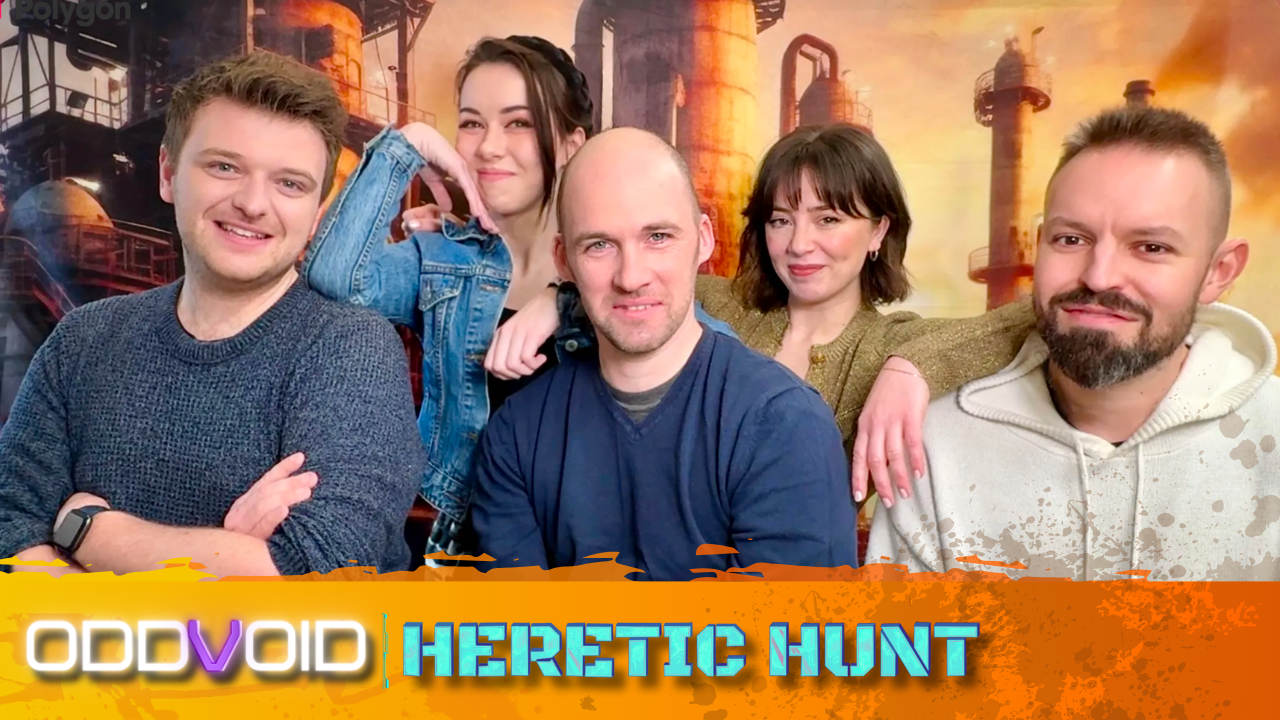
Next
“You Need A Matt Mercer”: How Heretic Hunt Put A Warhammer Spin On D&D
Warhammer D&D show Heretic Hunt brings the Critical Role experience to the 41st millennium.
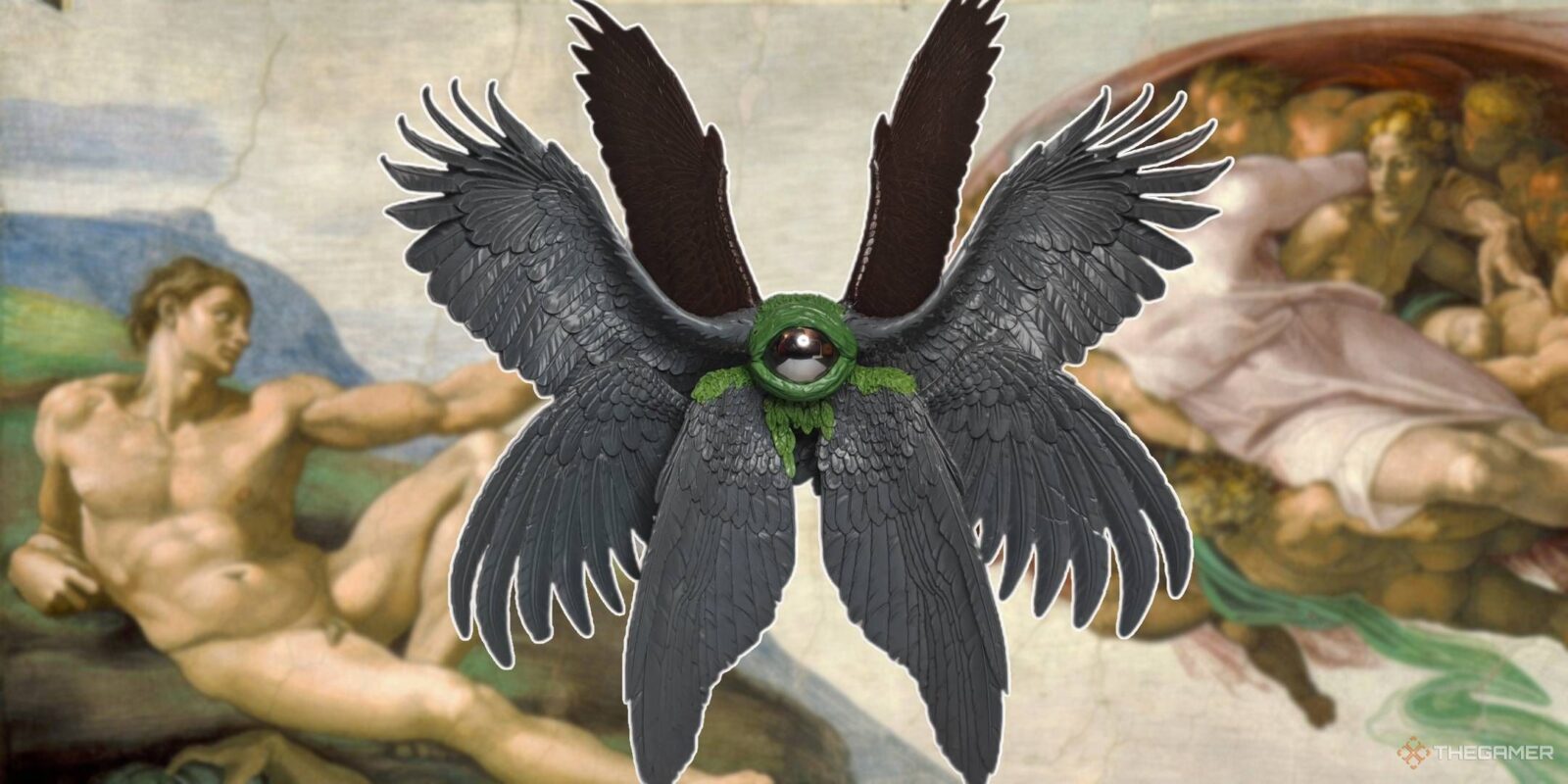
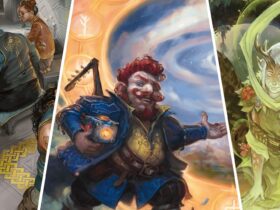
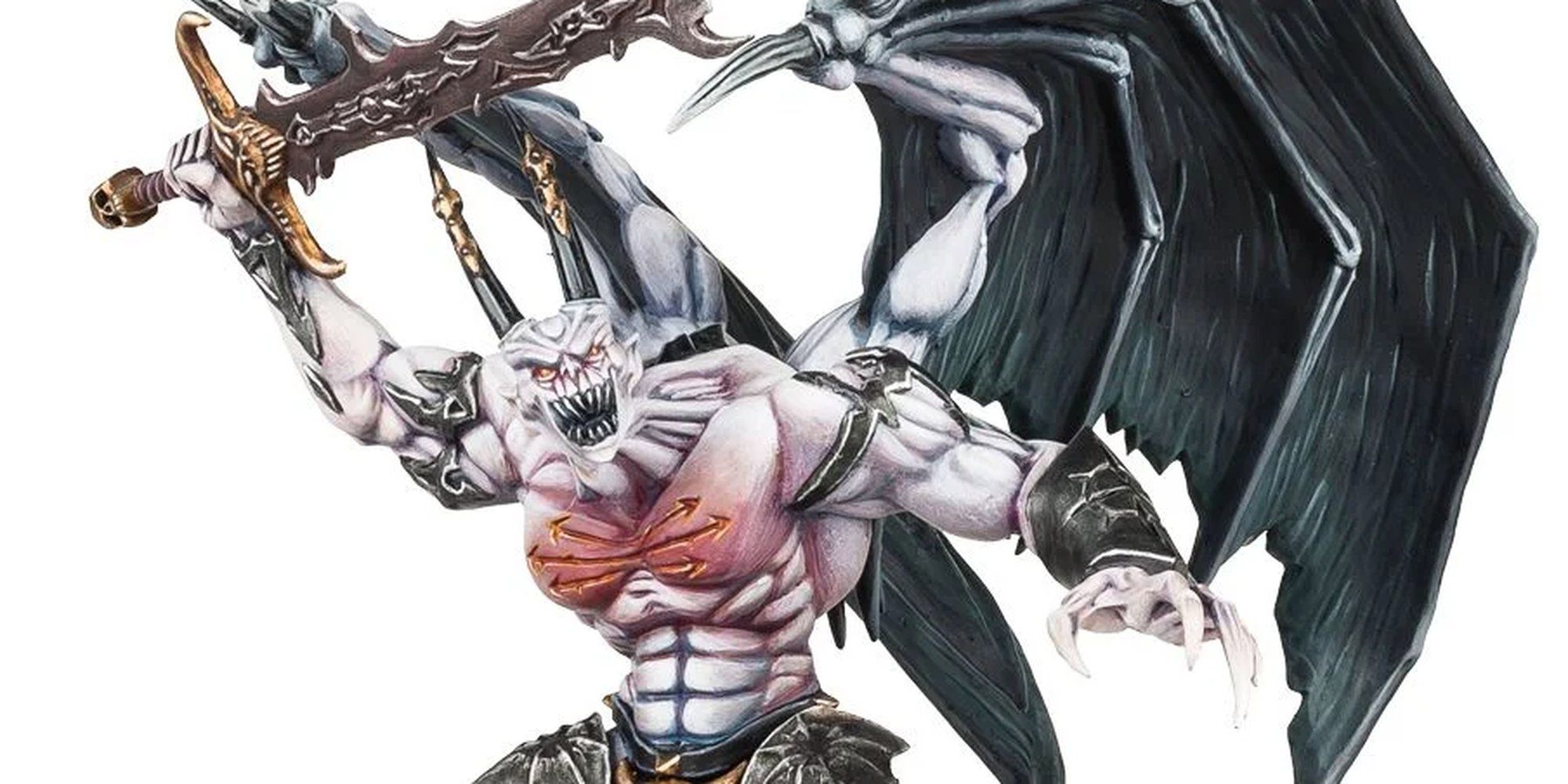
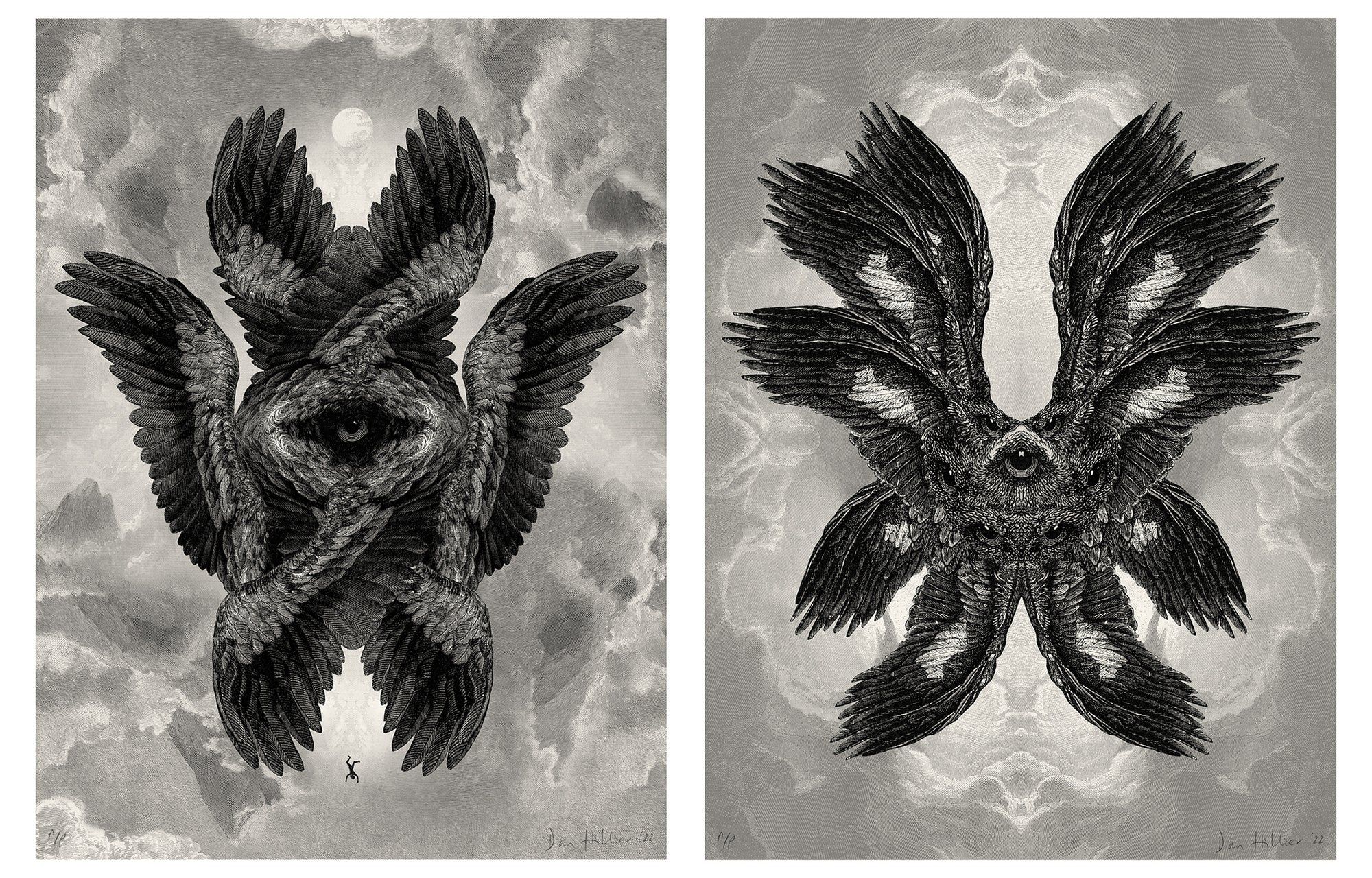
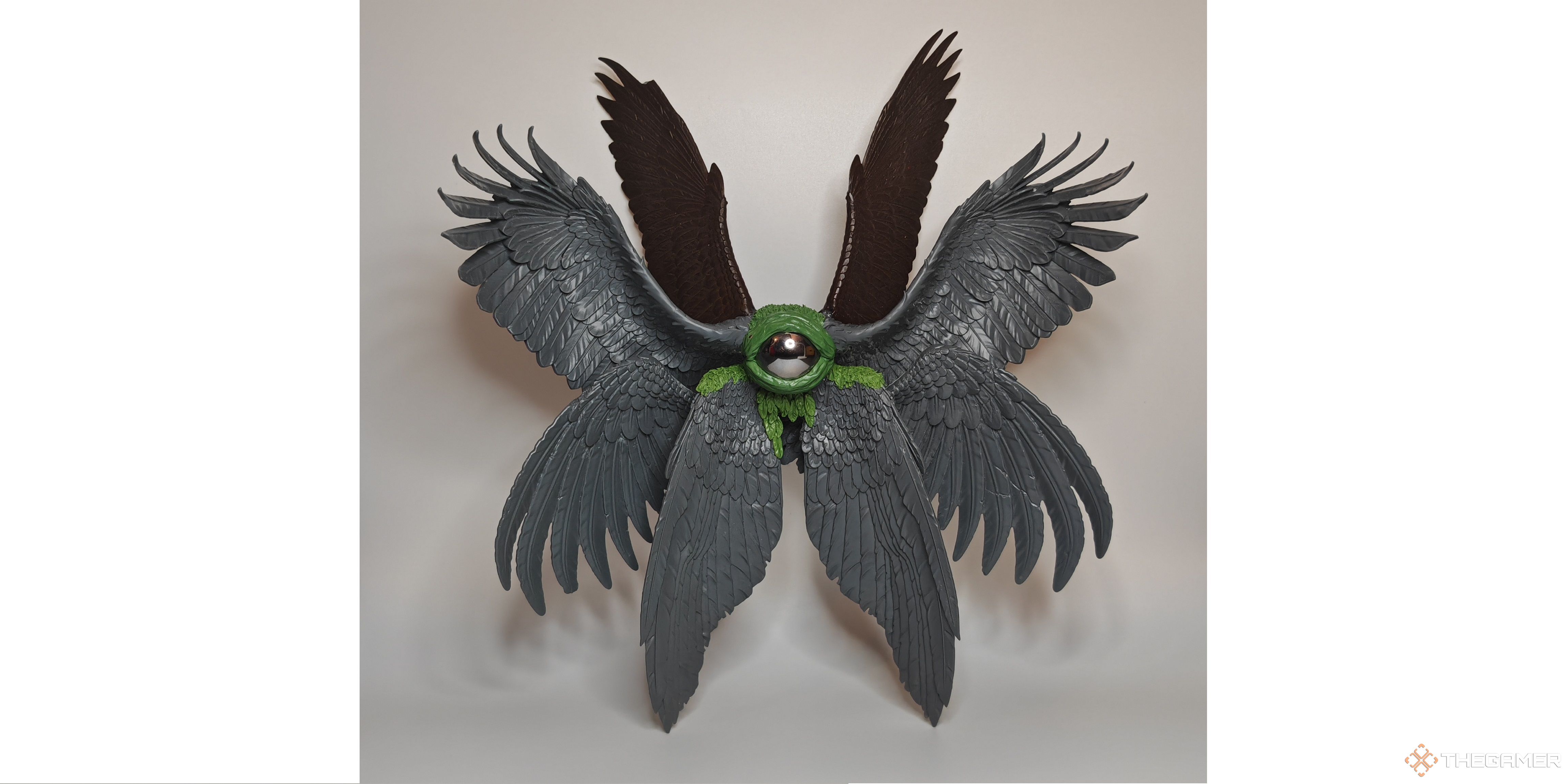
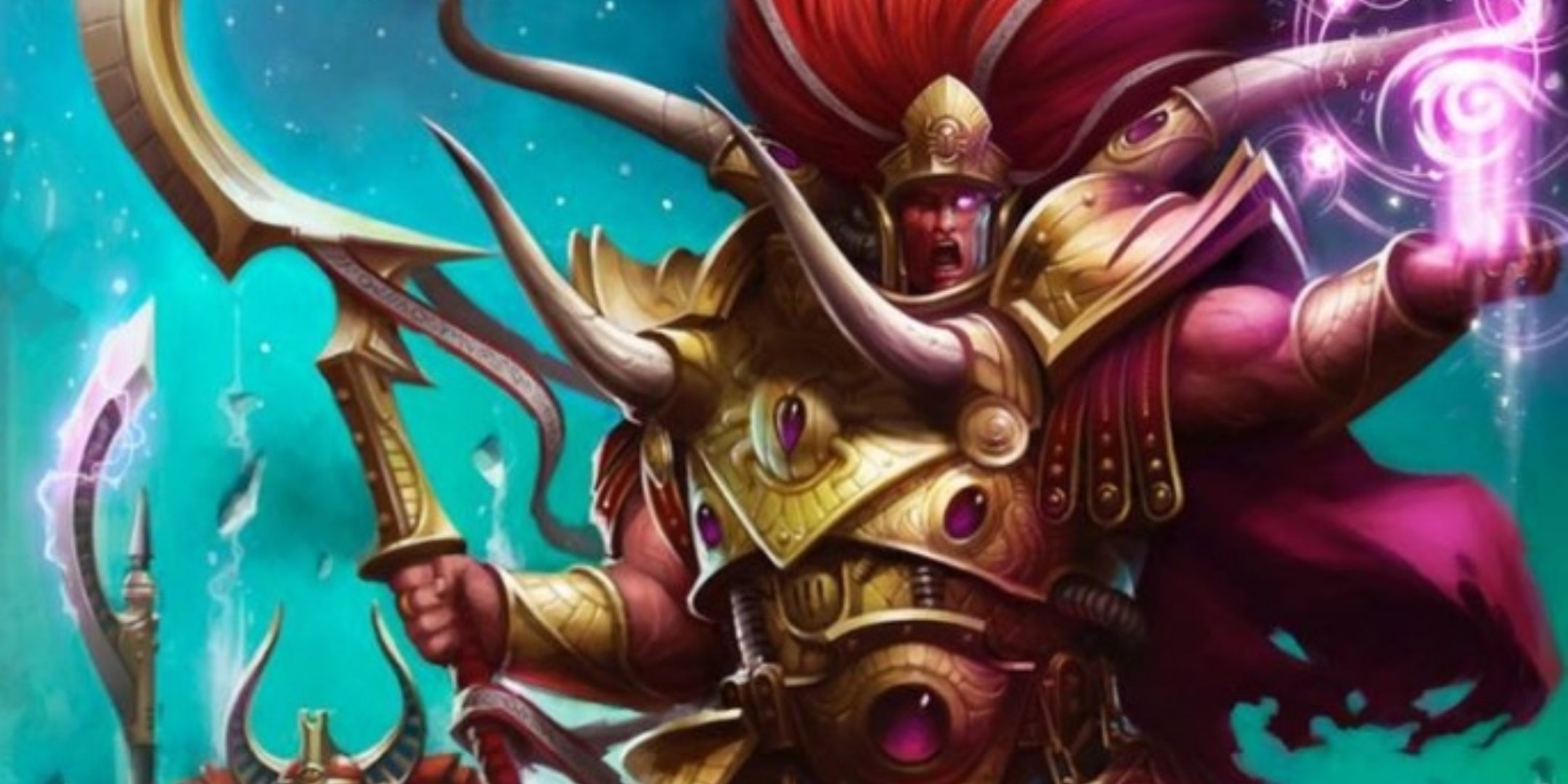
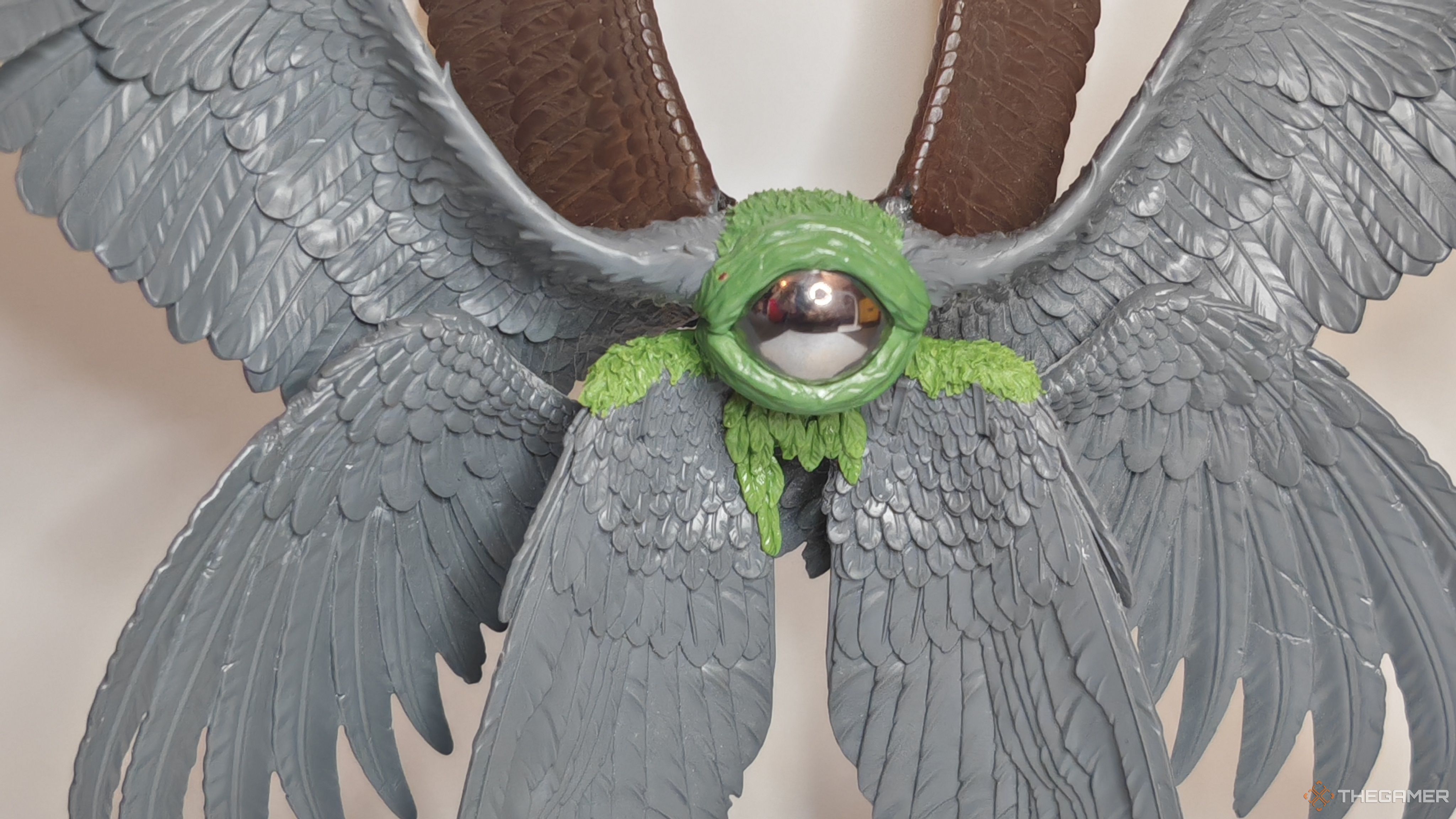




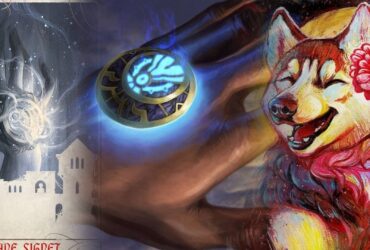
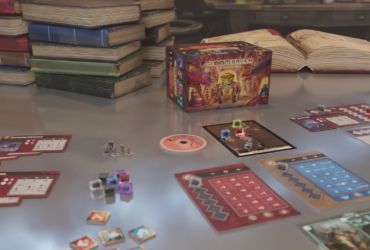


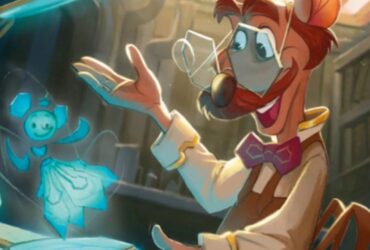
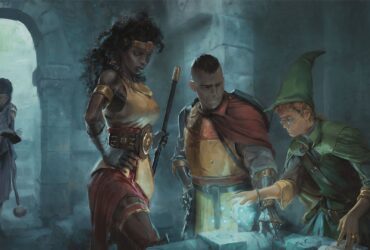
Leave a Reply